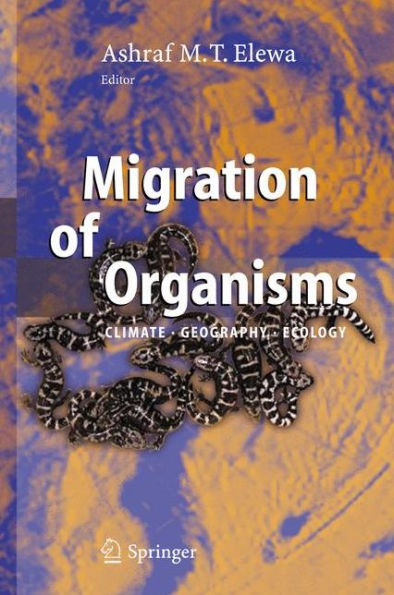The editor presents a suitable collection of topics, to achieve the goal of this book, which is explaining the migration of organisms through many examples of different groups of marine and non-marine organisms, ranging from micro-invertebrates to large vertebrates (mammals), and focusing on several aspects that are not collected together.
The editor presents a suitable collection of topics, to achieve the goal of this book, which is explaining the migration of organisms through many examples of different groups of marine and non-marine organisms, ranging from micro-invertebrates to large vertebrates (mammals), and focusing on several aspects that are not collected together.

Migration of Organisms: Climate. Geography. Ecology
332
Migration of Organisms: Climate. Geography. Ecology
332
Product Details
| ISBN-13: | 9783540266037 |
|---|---|
| Publisher: | Springer Berlin Heidelberg |
| Publication date: | 09/13/2005 |
| Edition description: | 2005 |
| Pages: | 332 |
| Product dimensions: | 6.10(w) x 9.25(h) x 0.36(d) |
